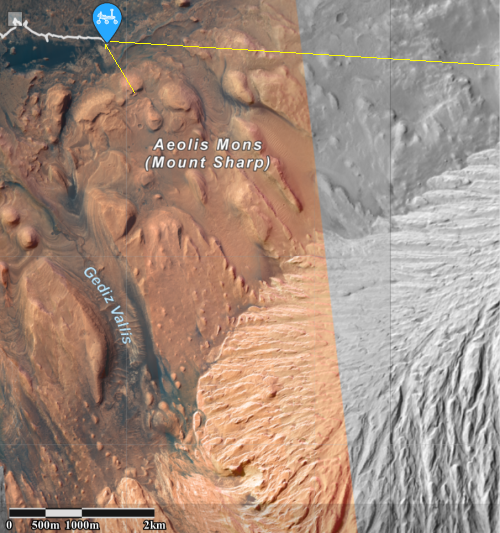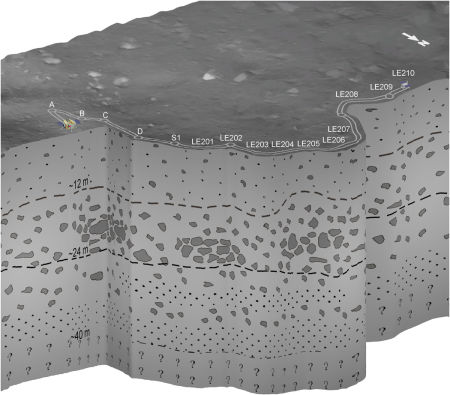China releases data sets from Chang’e-4 lander
China today released another set of data from the instruments on the Chang’e-4 lander, which landed on the far side of the Moon on January 3, 2019, bringing with it China’s Yutu-2 rover.
The datasets include 3,991.1 MB of 803 data files obtained by the four scientific payloads on the Chang’e-4 lander and rover between December 26, 2021 and January 10, 2022.
The data was posted on the official website of the Lunar and Planetary Data Release System, though none of the press reports from multiple China’s state-run press sources include it. All are simply the same three paragraph story, word for word. That site however is here, though it is entirely in Chinese and the English pages fail to load.
China today released another set of data from the instruments on the Chang’e-4 lander, which landed on the far side of the Moon on January 3, 2019, bringing with it China’s Yutu-2 rover.
The datasets include 3,991.1 MB of 803 data files obtained by the four scientific payloads on the Chang’e-4 lander and rover between December 26, 2021 and January 10, 2022.
The data was posted on the official website of the Lunar and Planetary Data Release System, though none of the press reports from multiple China’s state-run press sources include it. All are simply the same three paragraph story, word for word. That site however is here, though it is entirely in Chinese and the English pages fail to load.






